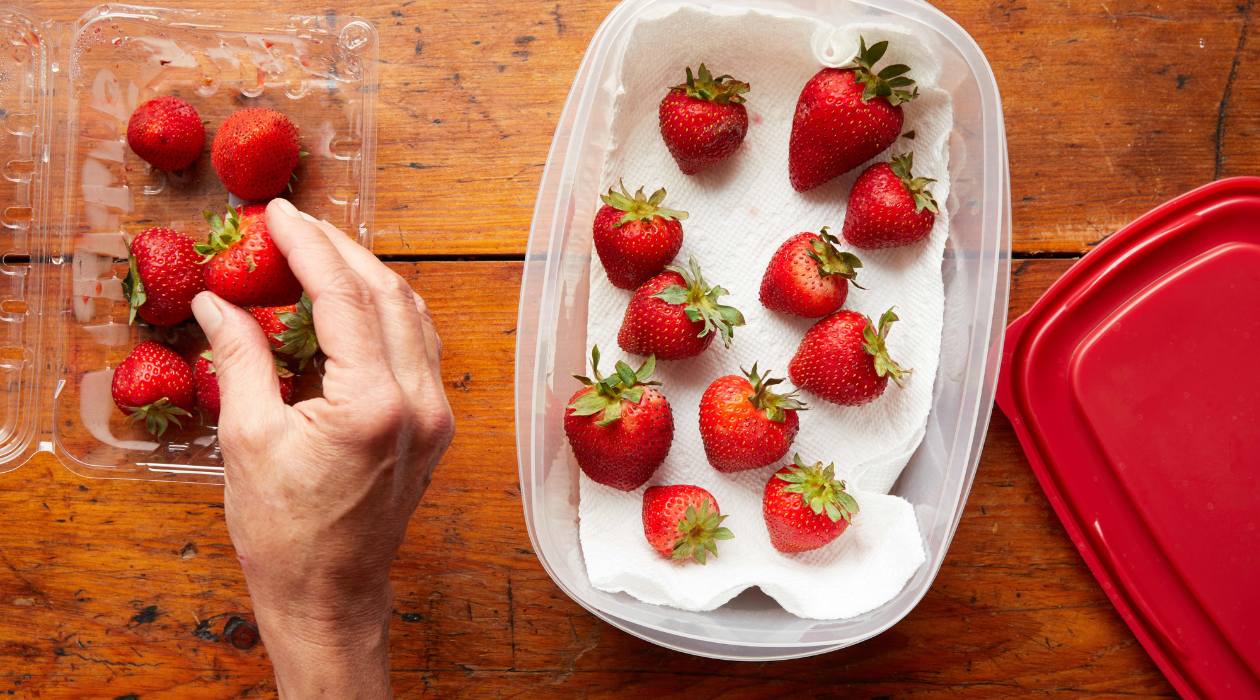

Articles
How To Store Strawberries After Washing
Modified: January 18, 2024
Learn how to properly store freshly washed strawberries to keep them fresh and delicious for longer. Read our informative articles on proper storage techniques.
(Many of the links in this article redirect to a specific reviewed product. Your purchase of these products through affiliate links helps to generate commission for Storables.com, at no extra cost. Learn more)
Introduction
Strawberries are a delicious and nutritious fruit that can be enjoyed in a variety of ways. Whether you’ve just picked fresh strawberries from a local farm or purchased them from the grocery store, it’s important to store them properly to maintain their freshness and flavor. After washing your strawberries, you may be wondering how best to store them so that they stay fresh for as long as possible.
Properly storing strawberries after washing is crucial because it helps prevent spoilage and extends their shelf life. When strawberries are left exposed to air and moisture, they can quickly develop mold and become mushy or sour. By following the right storage methods, you can ensure that your strawberries stay fresh, juicy, and ready to enjoy whenever you’re in the mood for a sweet treat.
In this article, we will explore the different methods of storing strawberries after washing. We’ll discuss the importance of proper storage, important factors to consider, and specific techniques like refrigeration, freezing, dehydrating, and making homemade strawberry preserves. By the end of this article, you will have all the knowledge you need to keep your washed strawberries fresh for longer periods of time.
Key Takeaways:
- Properly storing washed strawberries is crucial to prevent mold, maintain texture, extend shelf life, and reduce food waste. Consider factors like container choice, moisture control, and temperature for optimal storage.
- Refrigeration, freezing, dehydrating, and making homemade preserves are effective methods for storing washed strawberries. Handle with care, avoid direct sunlight, and regularly check for mold to maximize freshness.
Read more: How To Store Strawberries After Picking
Why it is important to store strawberries properly after washing
Properly storing strawberries after washing is vital to maintain their quality, flavor, and freshness. Here are a few reasons why it is crucial to handle and store strawberries with care:
- Prevent mold and spoilage: Strawberries are delicate fruits that can easily become moldy or spoiled if not stored correctly. After washing, the berries retain excess moisture, making them more susceptible to mold growth. Proper storage methods help prevent the growth of mold and prolong the strawberries’ lifespan.
- Maintain texture and flavor: Strawberries are known for their juicy texture and sweet taste. However, exposure to air and moisture can cause them to become mushy and lose their flavor. By storing them properly, you can preserve their natural texture and taste, ensuring a delightful eating experience.
- Extend shelf life: Proper storage techniques can significantly extend the shelf life of strawberries. This is particularly important if you have a large batch of strawberries or want to enjoy them over several days. By following the right methods, you can enjoy freshly picked or purchased strawberries for a longer period of time.
- Reduce food waste: Improperly stored strawberries are more likely to spoil, resulting in wastage. By storing them properly, you can minimize food waste and get the most out of your strawberries. This not only saves money, but it also promotes sustainability by reducing unnecessary consumption and waste.
By understanding the importance of proper storage, you can maximize the longevity and quality of your washed strawberries. The next sections will explore important factors to consider when storing washed strawberries and introduce different storage methods to help you preserve their freshness and flavor.
Important factors to consider when storing washed strawberries
When storing washed strawberries, it’s essential to consider various factors that can affect their shelf life and overall quality. By paying attention to these factors, you can ensure that your strawberries stay fresh and delicious for as long as possible. Here are some important factors to consider:
- Container: Choosing the right container plays a crucial role in maintaining the freshness of your strawberries. Opt for containers that provide good airflow and ventilation to prevent the accumulation of moisture. Avoid using sealed bags or containers that can trap moisture and promote mold growth.
- Moisture: Strawberries contain a high amount of water, and excess moisture can lead to spoilage. It’s important to remove any excess water from the surface of the berries before storing them. Avoid washing the strawberries until you’re ready to use them to minimize exposure to moisture.
- Temperature: Temperature is a vital factor in preserving the freshness of strawberries. The ideal temperature for storing washed strawberries is between 32°F (0°C) and 40°F (4°C). This temperature range helps slow down the ripening process and extends the shelf life of the berries. Avoid storing strawberries at room temperature, as they can quickly spoil and become mushy.
- Humidity: While strawberries require moisture to stay juicy, high humidity can cause them to become soggy and moldy. Aim for a humidity level of around 90-95% to maintain the right balance of moisture without promoting excessive dampness.
- Isolation: Store strawberries away from other fruits and vegetables as they can release ethylene gas, a natural ripening agent. Ethylene can accelerate the ripening process of strawberries, leading to quicker spoilage. Keep strawberries separate to prevent them from picking up unwanted flavors and odors.
By considering these factors, you can create a suitable storage environment for your washed strawberries. In the next sections, we will explore various methods of storing strawberries after washing to keep them fresh and ready to enjoy.
Method 1: Refrigeration
Refrigeration is one of the most common methods of storing washed strawberries. It helps maintain a cool temperature and slows down the ripening process, allowing the strawberries to stay fresh for a longer period of time. Here’s how to properly store strawberries in the refrigerator:
- Remove any excess moisture: Before refrigerating the strawberries, gently pat them dry with a paper towel to remove any remaining water. Excess moisture can lead to the growth of mold, so it’s important to ensure that the berries are as dry as possible.
- Place in a breathable container: Choose a container that allows for airflow, such as a shallow bowl or a ventilated container. Avoid sealing the strawberries in an airtight bag or container, as this can trap moisture and cause them to spoil more quickly.
- Cover with a paper towel: To further absorb any excess moisture, place a paper towel on top of the strawberries before covering the container. This helps prevent the berries from becoming too damp and minimizes the risk of mold growth.
- Store in the coldest part of the refrigerator: Place the container of strawberries in the coldest part of your refrigerator, typically the bottom shelf. The cool temperature helps preserve the strawberries’ freshness and flavor.
- Keep away from strong odors: Strawberries can easily absorb strong odors from other foods, affecting their taste and aroma. Store them away from strong-smelling foods such as onions or garlic to maintain their natural flavor.
When stored properly in the refrigerator, washed strawberries can stay fresh for up to a week. However, it’s best to consume them within a few days for optimal flavor and texture.
Refrigeration is an ideal method for those who want to enjoy fresh strawberries in their natural state or use them in salads, smoothies, or other recipes that require uncooked fruit. However, if you want to preserve the strawberries for a longer period or use them in cooked dishes, other methods like freezing or dehydrating may be more suitable.
Method 2: Freezing
Freezing is a fantastic way to store washed strawberries for an extended period. It allows you to enjoy the flavor and goodness of strawberries even when they are out of season. Here’s how to freeze strawberries effectively:
- Prepare the strawberries: Start by washing the strawberries thoroughly and removing the stems. Pat them dry with a paper towel to remove any excess moisture.
- Flash-freeze the strawberries: To prevent the strawberries from sticking together, lay them in a single layer on a baking sheet lined with parchment paper. Make sure the strawberries don’t touch each other. Place the baking sheet in the freezer and allow the strawberries to freeze for about 2-3 hours.
- Transfer to a freezer-safe container: Once the strawberries are partially frozen, transfer them to airtight freezer-safe containers or resealable bags. Label the containers or bags with the date to keep track of their freshness.
- Remove excess air: Squeeze out any excess air from the bags or containers before sealing them. This helps prevent freezer burn and keeps the strawberries in optimal condition during storage.
- Place in the freezer: Put the sealed containers or bags in the freezer. Ensure they are stored flat to minimize the chance of the strawberries getting crushed or deformed. Ideally, store them towards the back of the freezer, where the temperature remains most consistent.
Frozen strawberries can stay good for up to 8-12 months if stored properly. They are perfect for using in smoothies, baking delicious treats, making sauces, or adding a burst of flavor to yogurt or cereal.
Remember to thaw the frozen strawberries before using them. You can thaw them in the refrigerator overnight or at room temperature for a few hours. Frozen strawberries may become slightly softer after thawing, but their taste and nutritional value remain intact.
Freezing strawberries is a convenient method for preserving their goodness and enjoying them throughout the year. It’s great for those who want to have strawberries readily available for various culinary creations, even when they are out of season.
After washing strawberries, make sure to pat them dry with a paper towel to remove excess moisture. Store them in a single layer in a container lined with paper towels to absorb any remaining moisture, and keep them in the refrigerator for up to 3-5 days.
Method 3: Dehydrating
Dehydrating strawberries is an excellent way to extend their shelf life while preserving their natural sweetness. Dehydrated strawberries make for a delightful and healthy snack that can be enjoyed on the go or used in various recipes. Here’s how to dehydrate strawberries:
- Prepare the strawberries: Wash the strawberries thoroughly and remove the stems. Slice them into thin, uniform pieces to ensure even dehydration.
- Pre-treat the strawberries (optional): To help preserve the color and flavor of the strawberries, you can dip them in a solution of lemon juice and water. This step is optional but can enhance the final results.
- Arrange the strawberries: Place the sliced strawberries on a dehydrator tray in a single layer, ensuring that they do not overlap. Leave a little space between the slices for air circulation.
- Dehydrate the strawberries: Set the dehydrator to a temperature between 125°F (52°C) and 135°F (57°C) and let the strawberries dehydrate for about 6-8 hours. The exact drying time may vary based on the dehydrator model and the thickness of the strawberry slices.
- Check for dryness: After the initial drying period, check the strawberries for dryness. They should feel firm and leathery, with no moisture remaining. If needed, continue dehydrating for an additional hour or until the desired texture is achieved.
- Cool and store: Once the strawberries are dehydrated, remove them from the dehydrator and let them cool completely. Transfer the dehydrated strawberries to airtight containers or sealable bags. Store them in a cool, dry place away from direct sunlight.
Dehydrated strawberries can be enjoyed as a healthy and flavorful snack on their own or used in a variety of recipes. You can rehydrate them by soaking them in water or add them to granola, trail mix, yogurt, or baked goods like cakes and muffins.
Dehydrating strawberries allows you to enjoy their unique taste and benefits all year round. It’s an ideal method for those who want to reduce waste and have a long-lasting supply of strawberries readily available.
Method 4: Making Homemade Strawberry Preserves
If you’re looking for a way to enjoy the fresh flavor of strawberries long after the season has ended, making homemade strawberry preserves is a wonderful option. Strawberry preserves not only preserve the delicious taste of strawberries but also allow you to enjoy them in different ways. Here’s how to make homemade strawberry preserves:
- Prepare the strawberries: Wash the strawberries thoroughly, remove the stems, and chop them into small pieces. You can choose to leave them as whole berries or mash them slightly for a chunkier texture.
- Cook the strawberries: In a large saucepan, combine the chopped strawberries, sugar, and lemon juice. Cook the mixture over medium heat, stirring frequently, until the strawberries begin to release their juice and the sugar has dissolved.
- Simmer and thicken: Bring the strawberry mixture to a gentle boil, then reduce the heat to low and let it simmer for about 30-40 minutes, or until the mixture thickens to your desired consistency. Stir occasionally to prevent sticking and to ensure even cooking.
- Jar and seal: While the preserves are still hot, carefully pour them into sterilized jars, leaving about ¼ inch of headspace. Wipe the rims clean, place the lids on the jars, and tighten the rings. Process the jars in a water bath canner or follow proper canning instructions to ensure a secure seal and longer preservation.
- Cool and store: Allow the jars to cool completely before storing them in a cool, dark place. Properly sealed strawberry preserves can last up to a year when stored in a pantry or cupboard. Once opened, refrigerate the preserves and consume them within a few weeks.
Homemade strawberry preserves are incredibly versatile and can be used in various ways. Spread them on toast, pancakes, or waffles, swirl them into yogurt or oatmeal, or use them as a filling for pastries, cakes, and tarts. You can also give them as thoughtful homemade gifts to friends and family.
By making your own strawberry preserves, you have full control over the ingredients and can adjust the sweetness to your liking. This method allows you to savor the taste of fresh strawberries even when they are out of season, capturing their summery goodness to enjoy all year round.
Tips for Storing Strawberries to Maintain Freshness
To maximize the freshness and flavor of your strawberries, it’s important to follow a few simple tips when storing them. These tips will help extend their shelf life and ensure that you can enjoy them at their best. Here are some key tips for storing strawberries:
- Handle with care: Strawberries are delicate fruits, so handle them gently to avoid bruising or damaging them. Excessive handling can lead to faster spoilage.
- Store unwashed: It’s best to store strawberries unwashed until you’re ready to use them. Washing strawberries introduces moisture, which can hasten spoilage. Only wash them right before consumption or preparation.
- Avoid direct sunlight: Store strawberries away from direct sunlight or heat sources as they can cause the berries to ripen and spoil quicker. Keep them in a cool and shaded spot.
- Check for mold: Before storing strawberries, inspect them for any signs of mold or spoiling. Remove any damaged or moldy berries to prevent them from affecting the rest.
- Don’t overcrowd: Avoid overcrowding strawberries, whether in the refrigerator or storage containers. Overcrowding can lead to increased moisture and decrease airflow, which promotes mold growth.
- Separate from the greens: If your strawberries still have their green tops attached, it’s best to remove them before storing. The greens release moisture and can cause the strawberries to spoil more quickly.
- Consider using paper towels: Placing a layer of paper towels at the bottom of the storage container can help absorb any excess moisture and keep the strawberries dry.
- Refrigerate properly: Refrigeration is an effective method of storing strawberries. Make sure to store them in the coldest part of the refrigerator, preferably in the crisper drawer. This will help maintain their freshness and prevent spoilage.
- Check and discard as needed: Regularly check the stored strawberries for any signs of spoilage or mold. If you notice any affected berries, remove them immediately to prevent contamination of the remaining strawberries.
By following these tips, you can ensure that your strawberries stay fresh, flavorful, and enjoyable for a longer period. Proper storage practices go a long way in maintaining the quality of strawberries and minimizing food waste.
Conclusion
Properly storing strawberries after washing is essential for maintaining their freshness, flavor, and overall quality. Whether you choose to refrigerate, freeze, dehydrate, or make homemade preserves, each method offers a unique way to enjoy the delightful taste of strawberries throughout the year.
By considering important factors such as container choice, moisture control, temperature, and isolation from strong odors, you can create the ideal storage environment for your washed strawberries. Refrigeration is a common and convenient method, while freezing extends their shelf life, and dehydrating provides a tasty and portable snack option. Making homemade strawberry preserves allows you to savor the goodness of strawberries long after their season has ended.
Remember to handle strawberries with care, store them in proper conditions, and regularly check for mold or spoilage. By following these storage tips, you can extend the lifespan of your strawberries and minimize food waste.
Whether you’re enjoying a fresh strawberry salad, a frozen smoothie, crispy dehydrated slices, or homemade preserves on toast, properly stored strawberries will always provide a burst of sweetness and a taste of nature’s bounty.
So, the next time you find yourself with an abundance of washed strawberries, use these storage methods and tips to keep them fresh, delicious, and ready for your enjoyment. Happy strawberry storing!
Frequently Asked Questions about How To Store Strawberries After Washing
Was this page helpful?
At Storables.com, we guarantee accurate and reliable information. Our content, validated by Expert Board Contributors, is crafted following stringent Editorial Policies. We're committed to providing you with well-researched, expert-backed insights for all your informational needs.
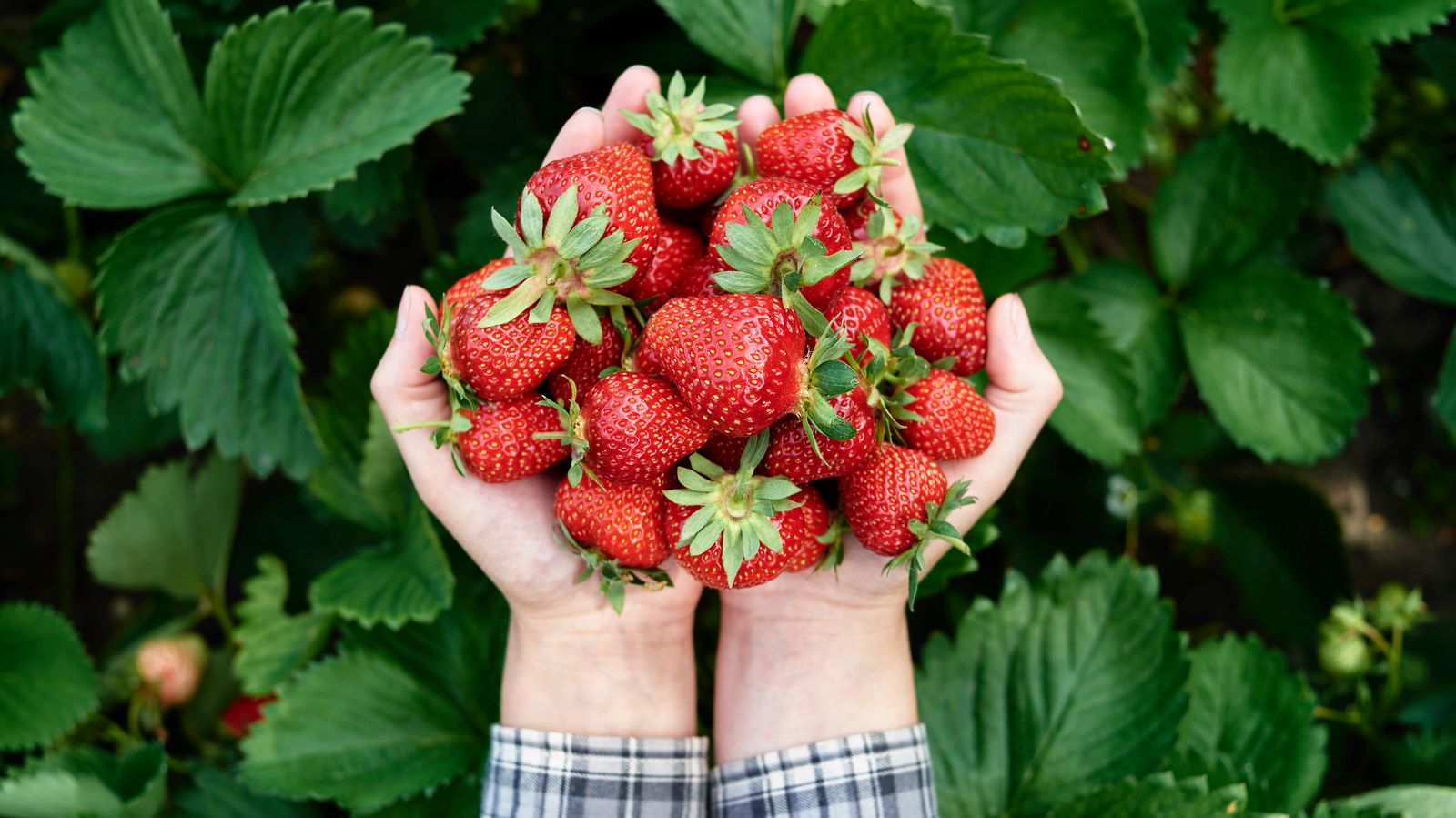

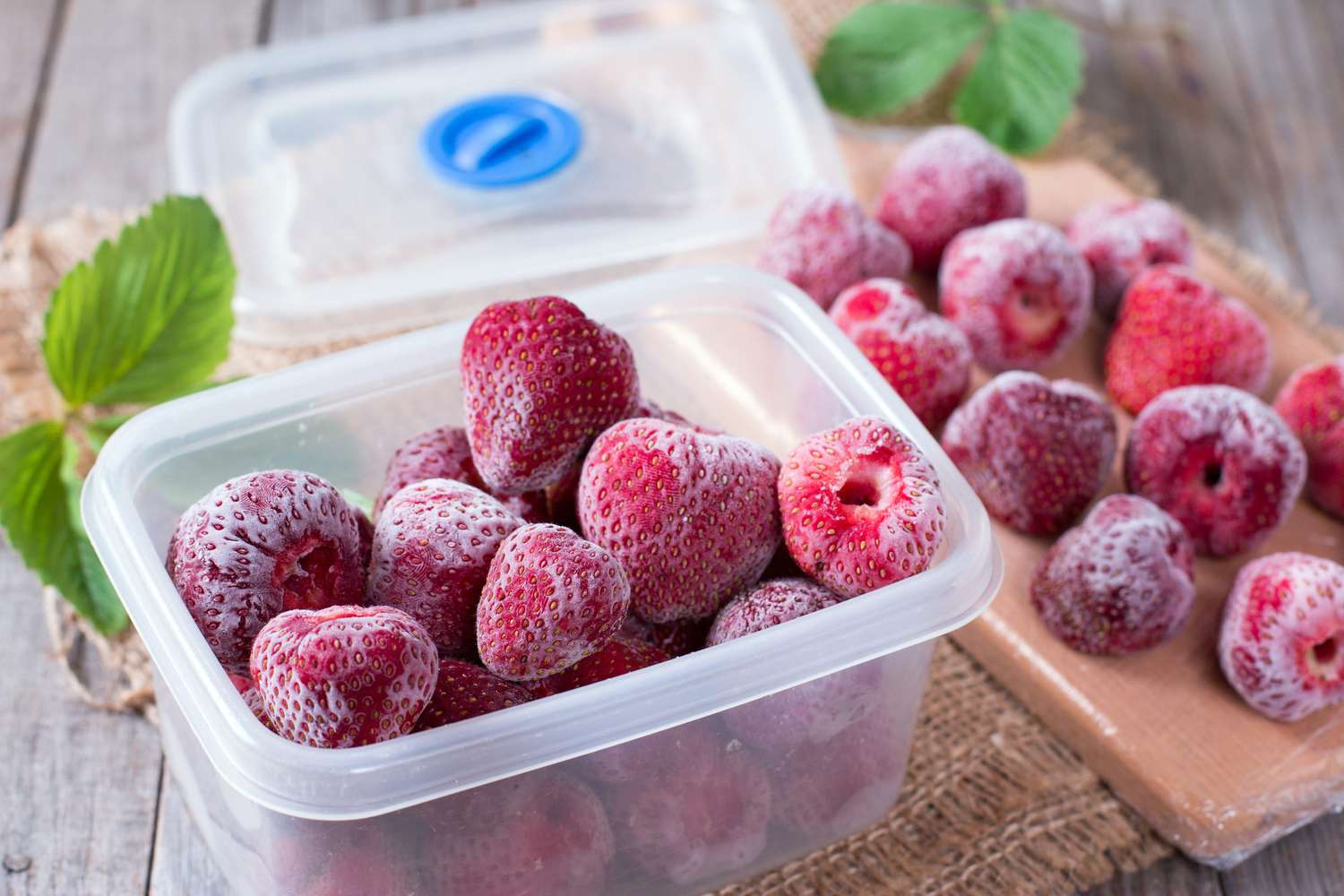
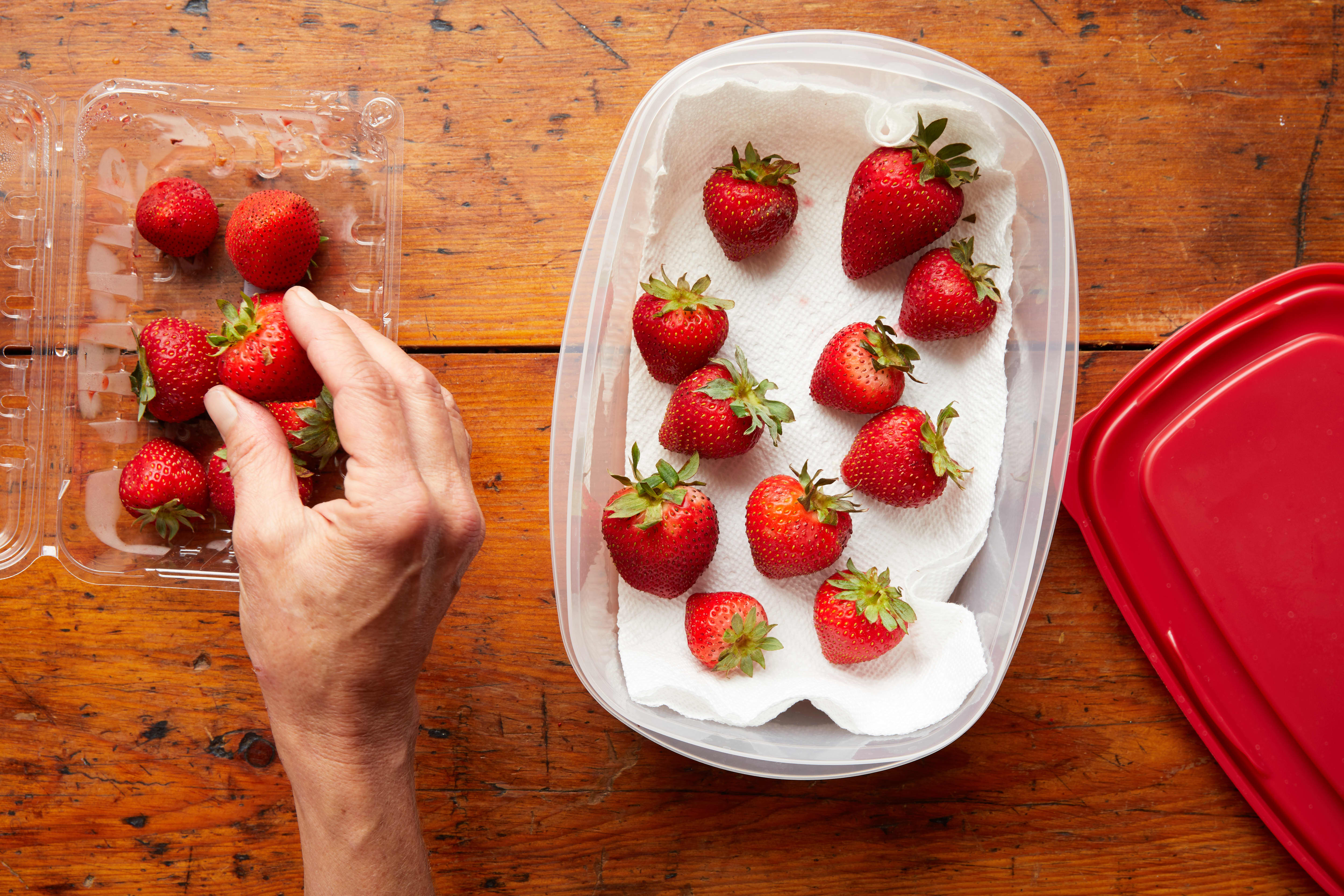
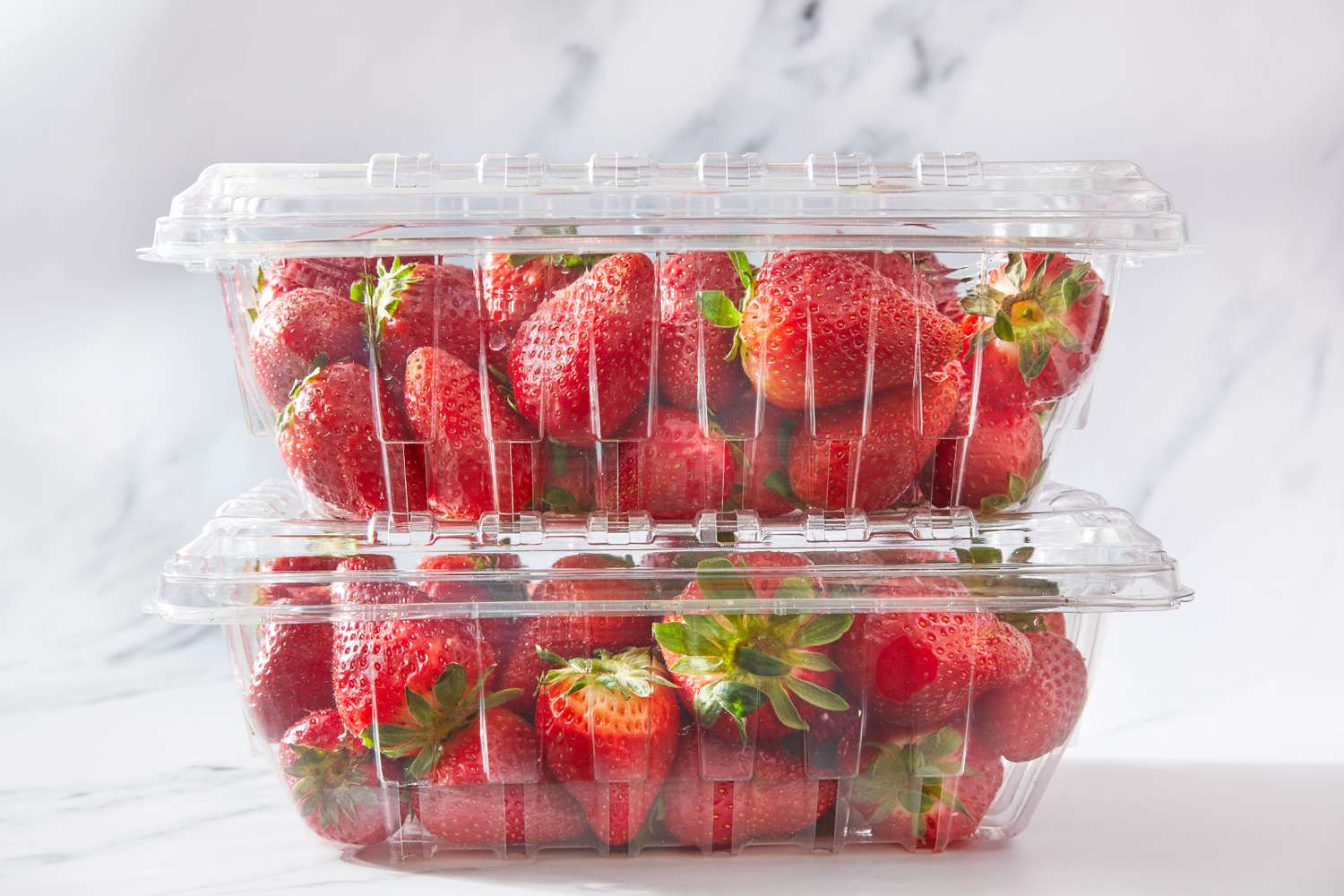
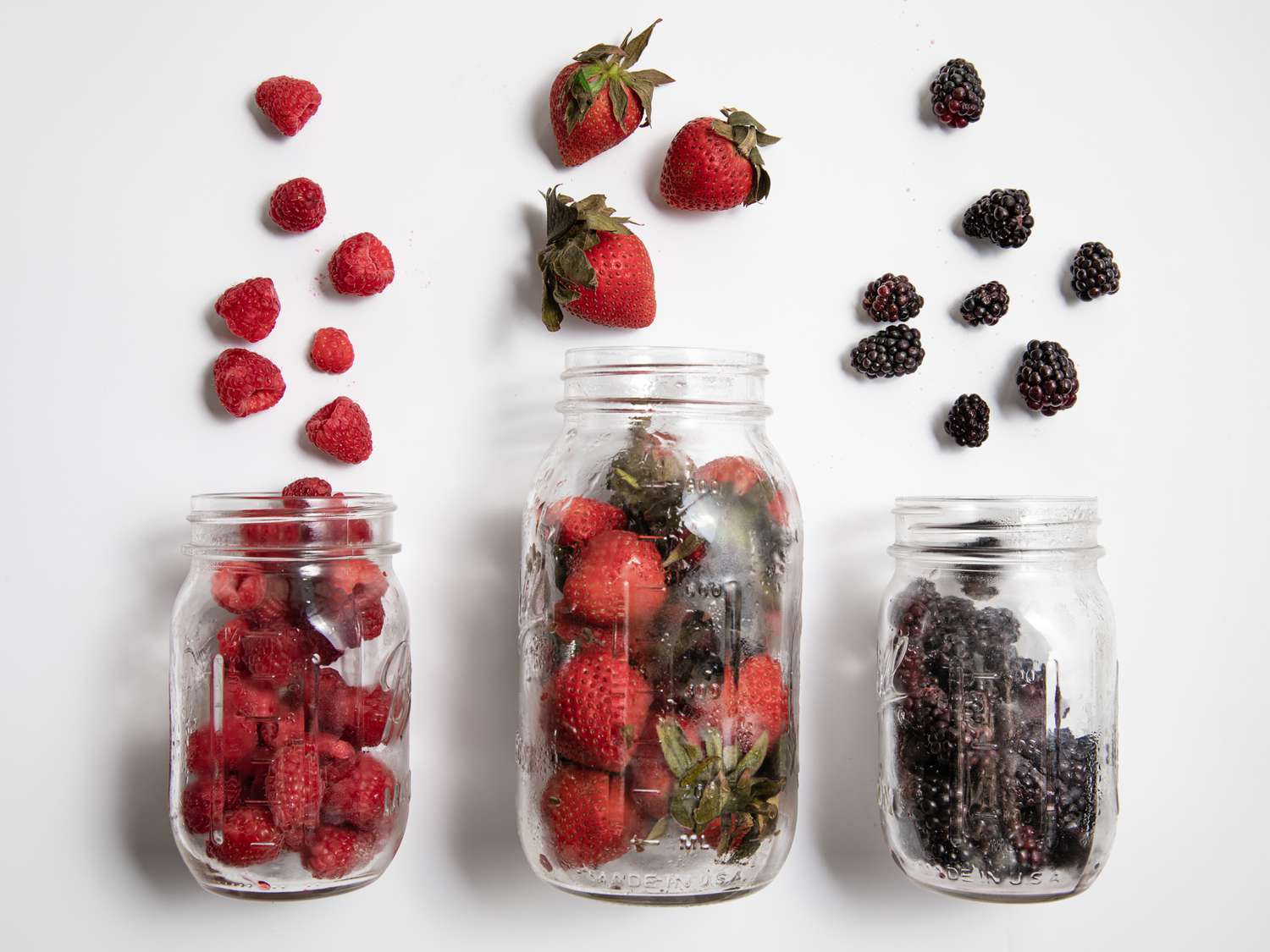
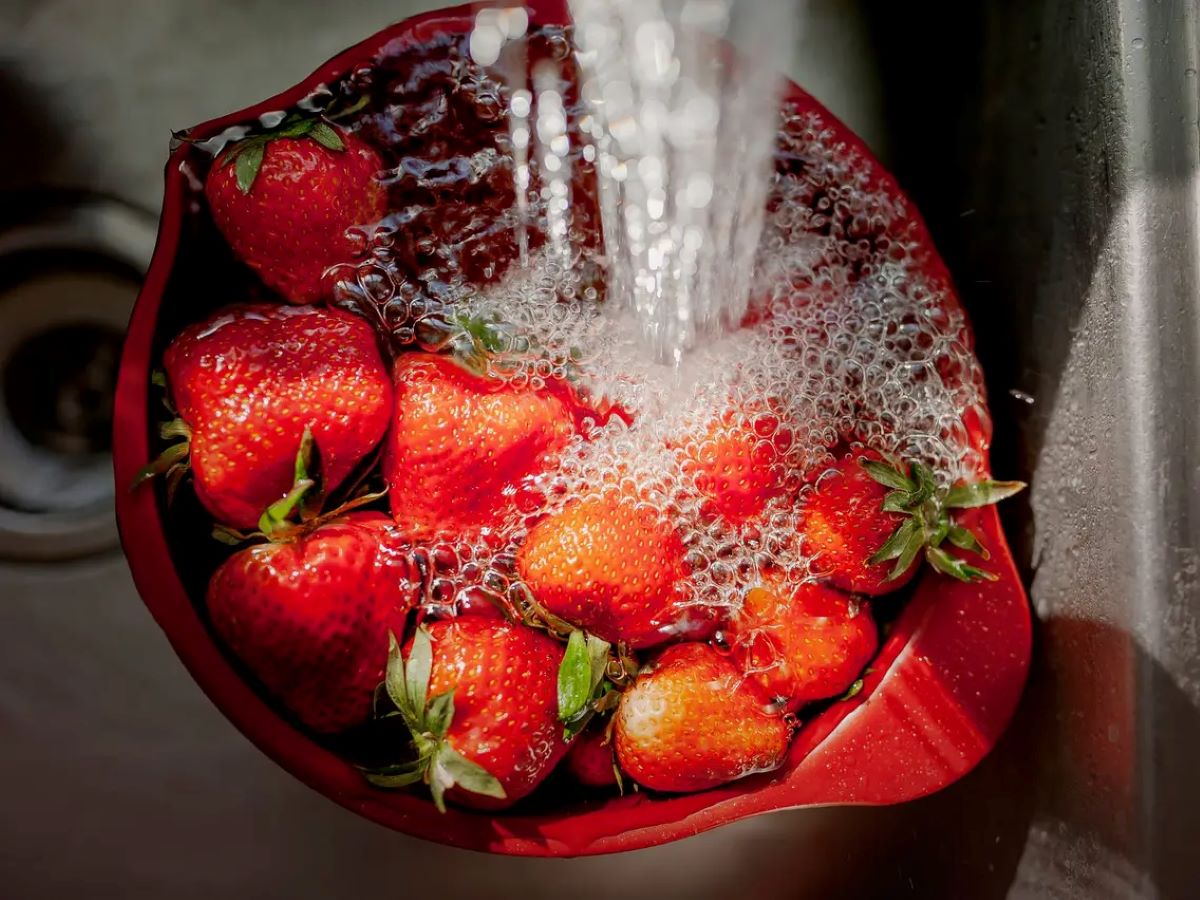
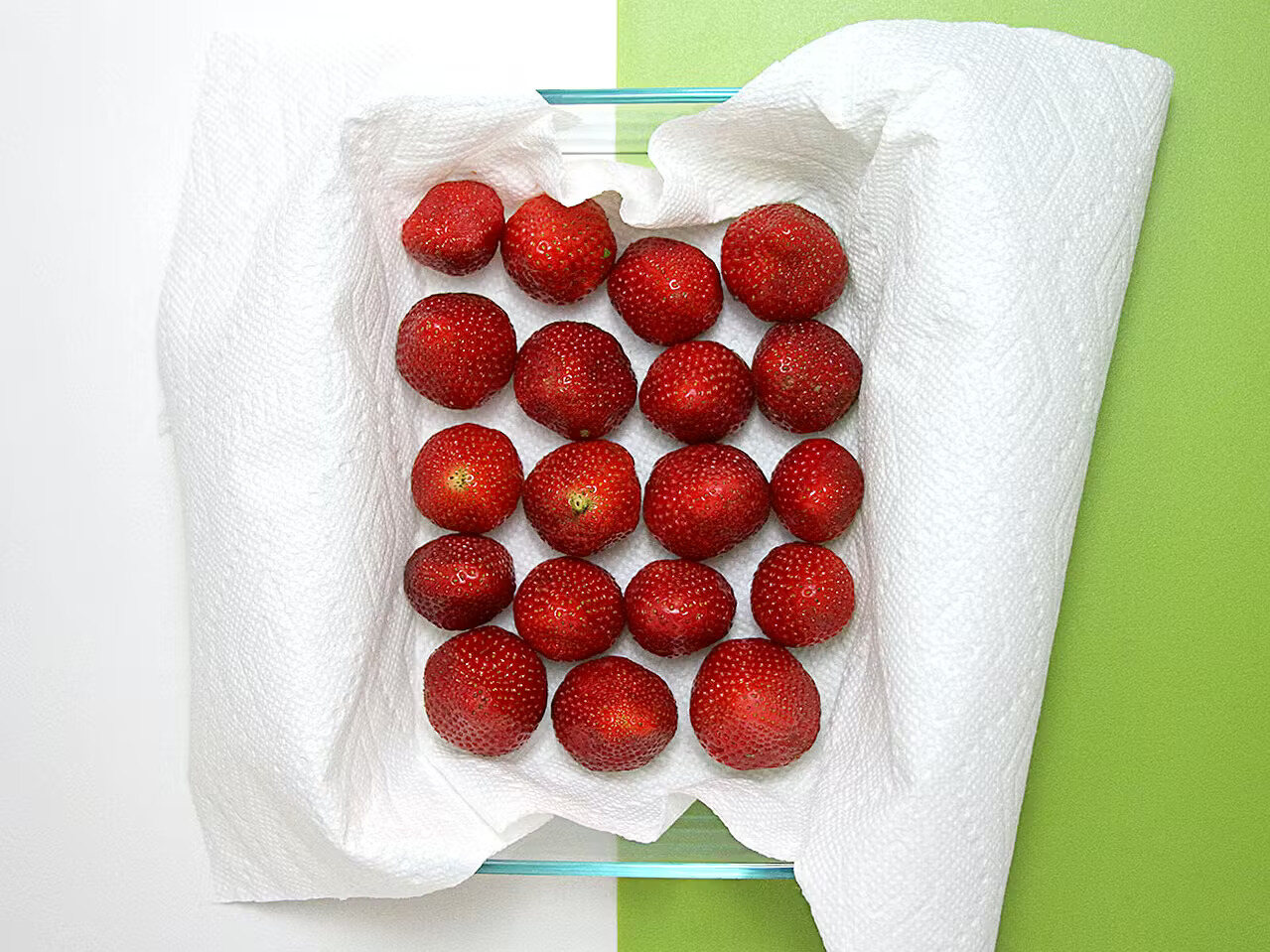
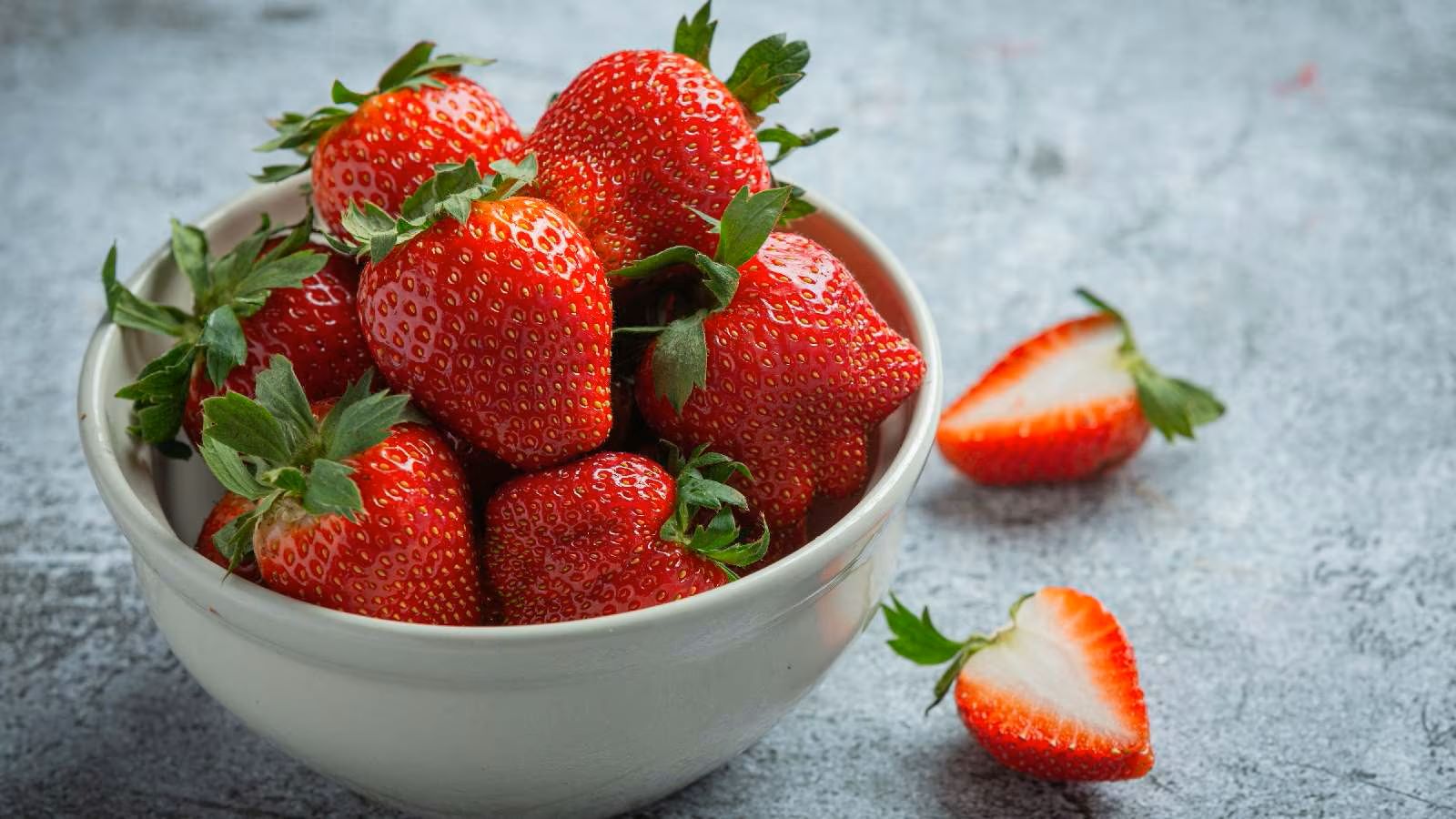
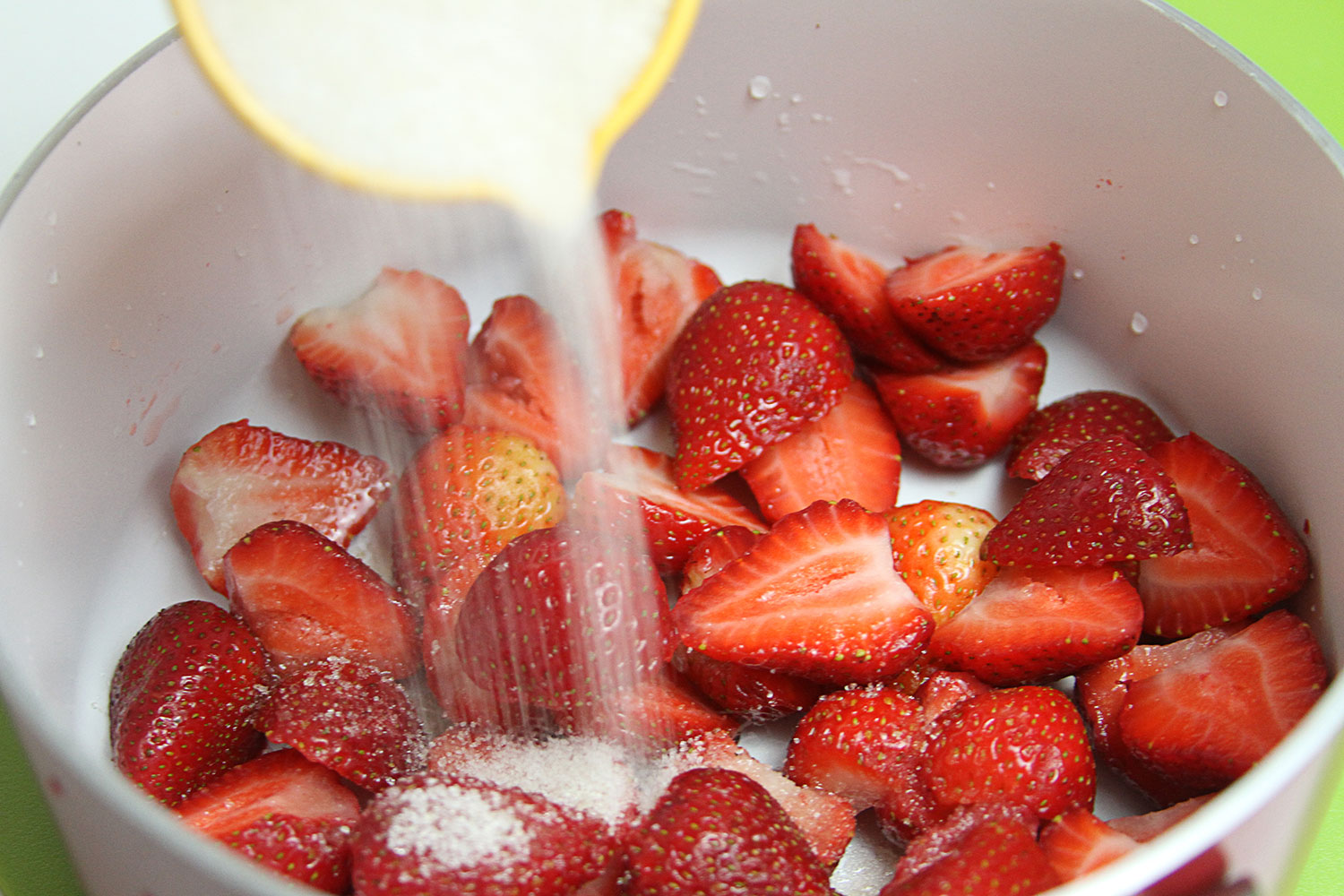
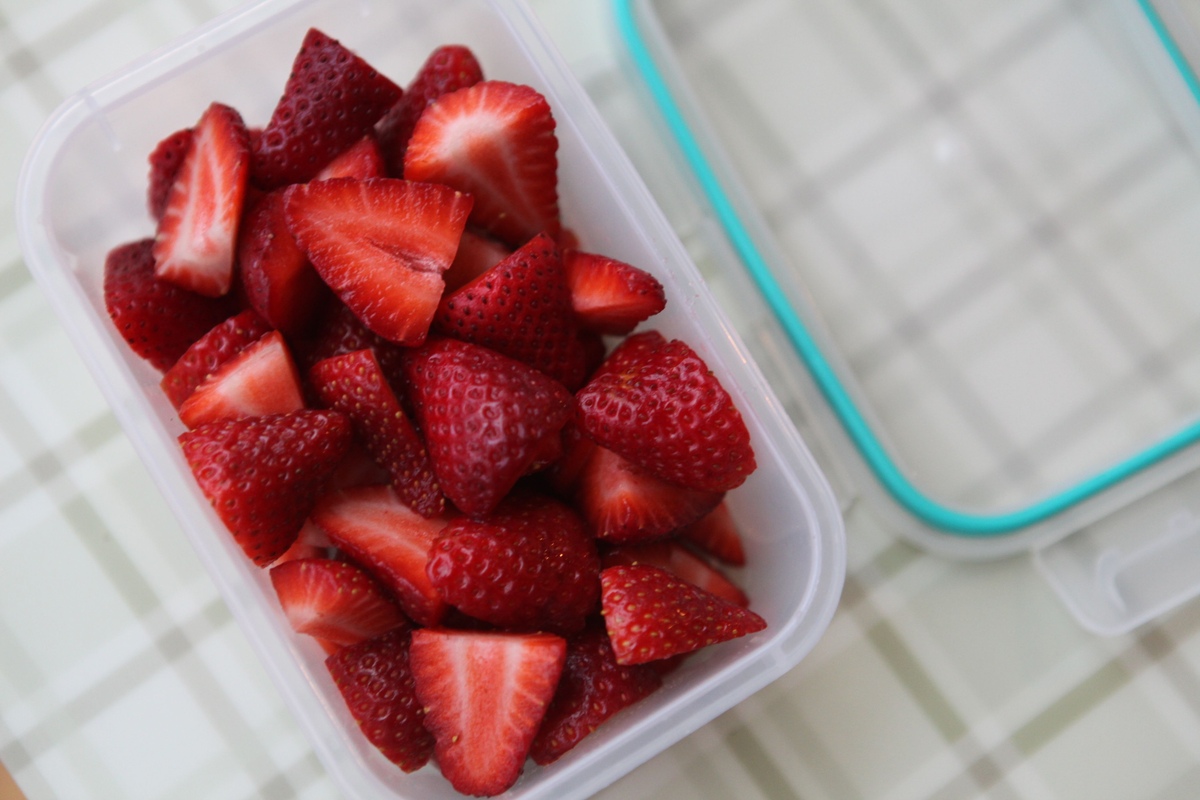
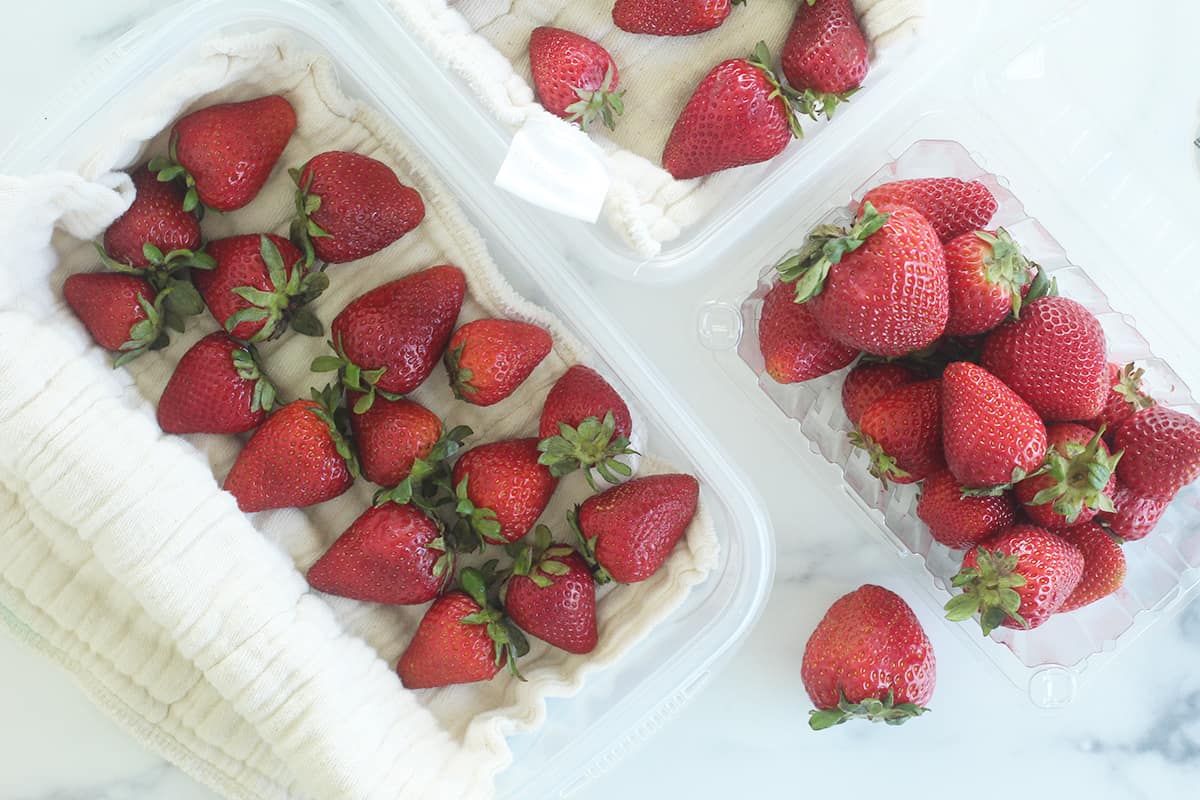

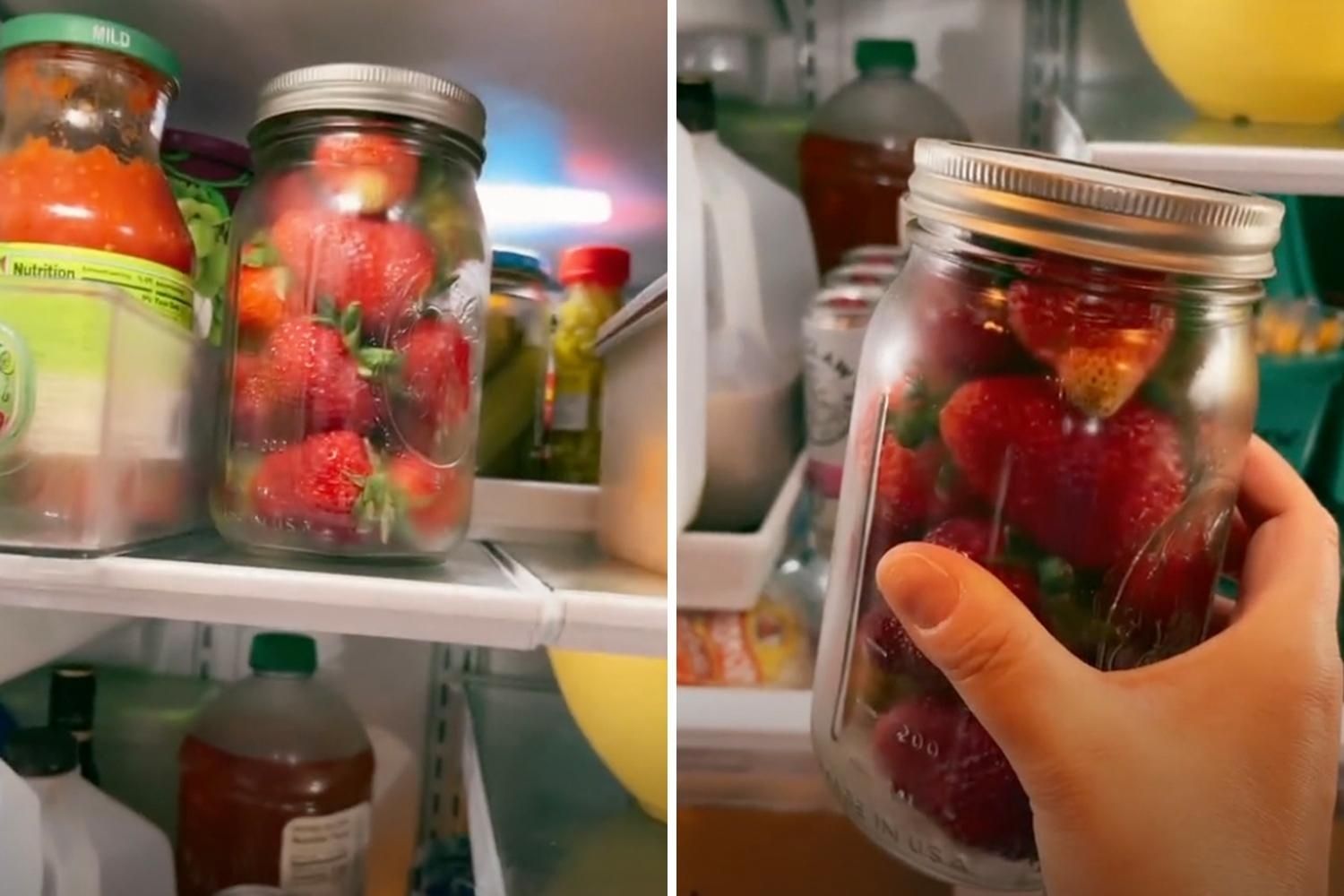

0 thoughts on “How To Store Strawberries After Washing”